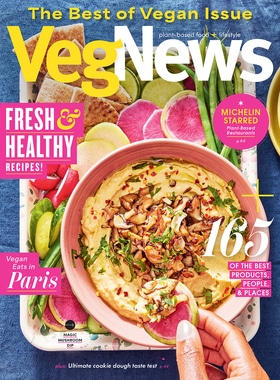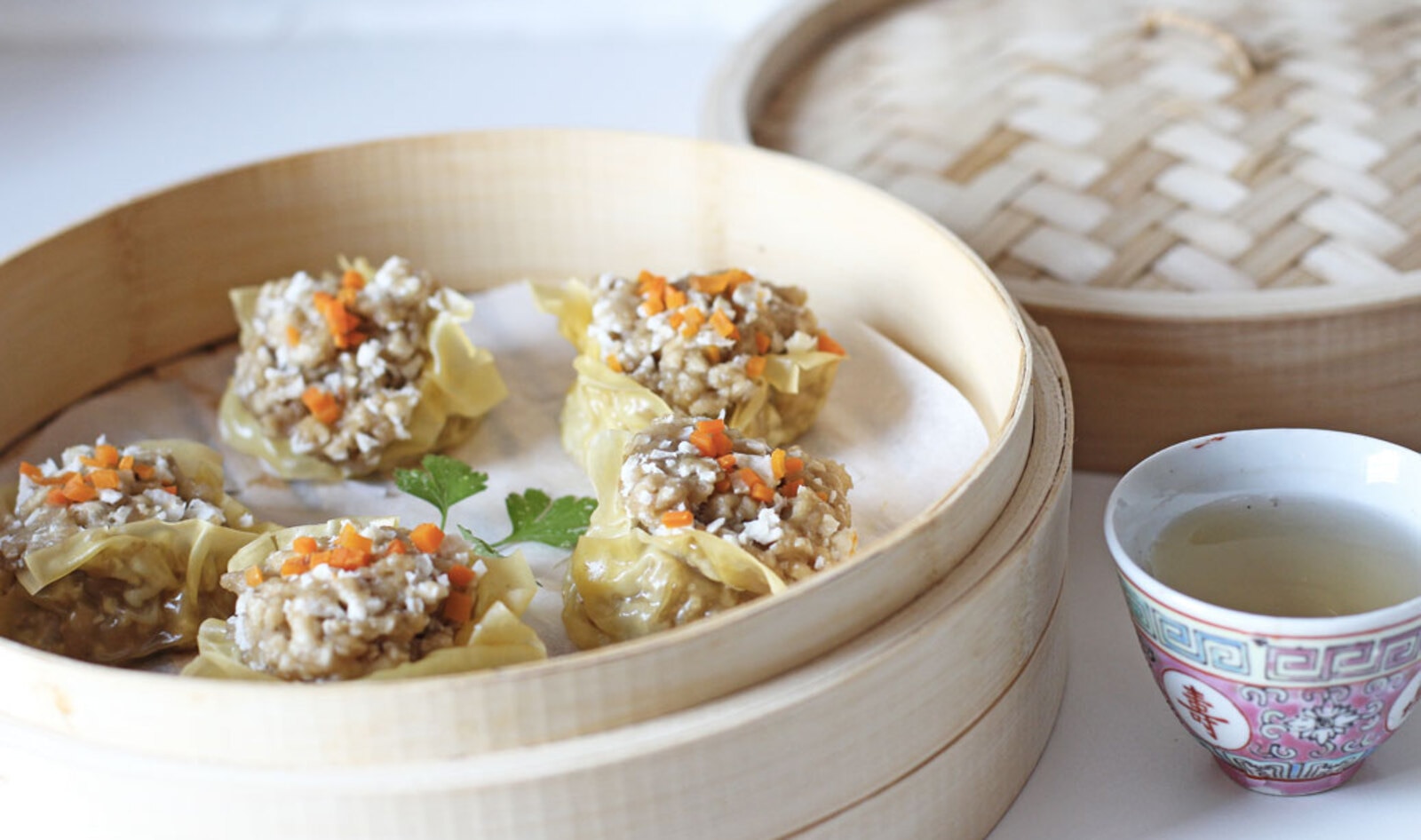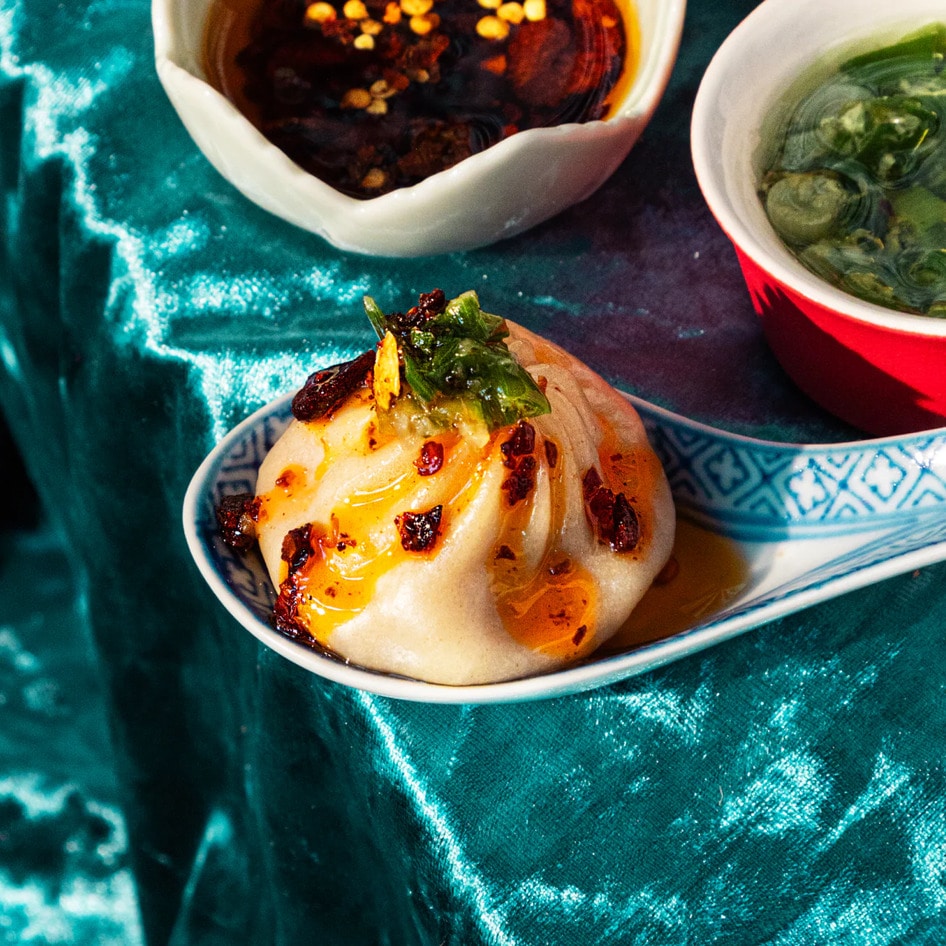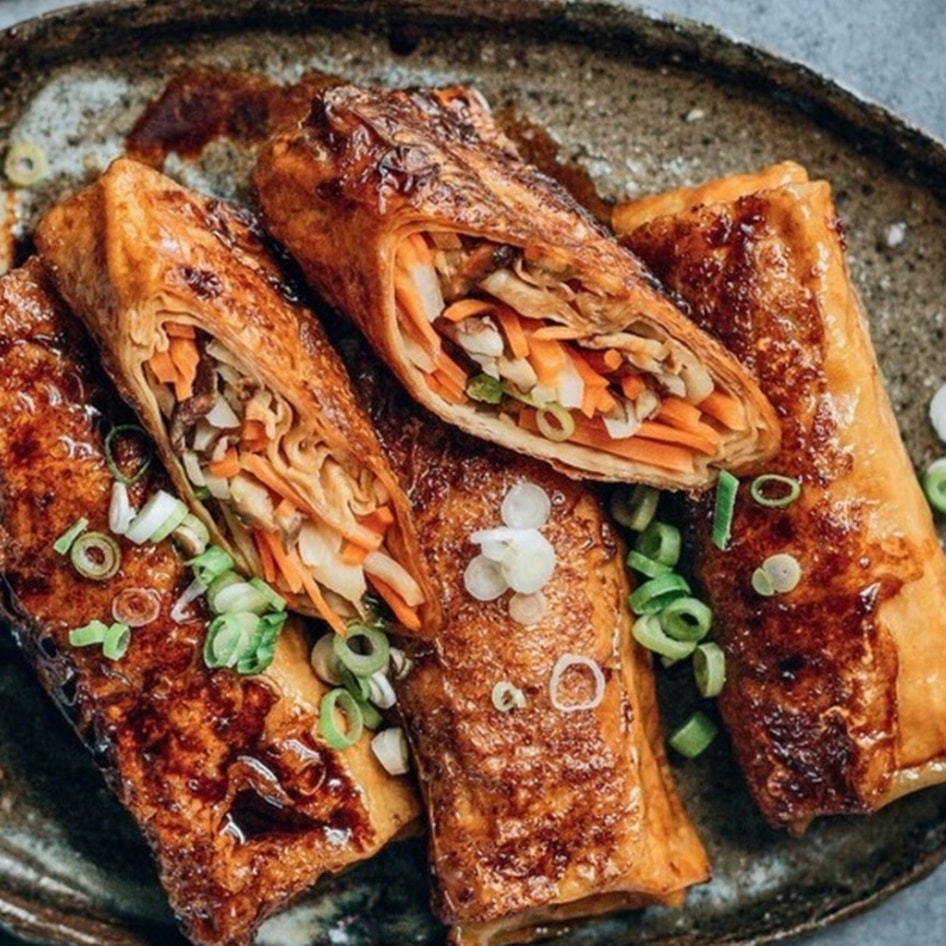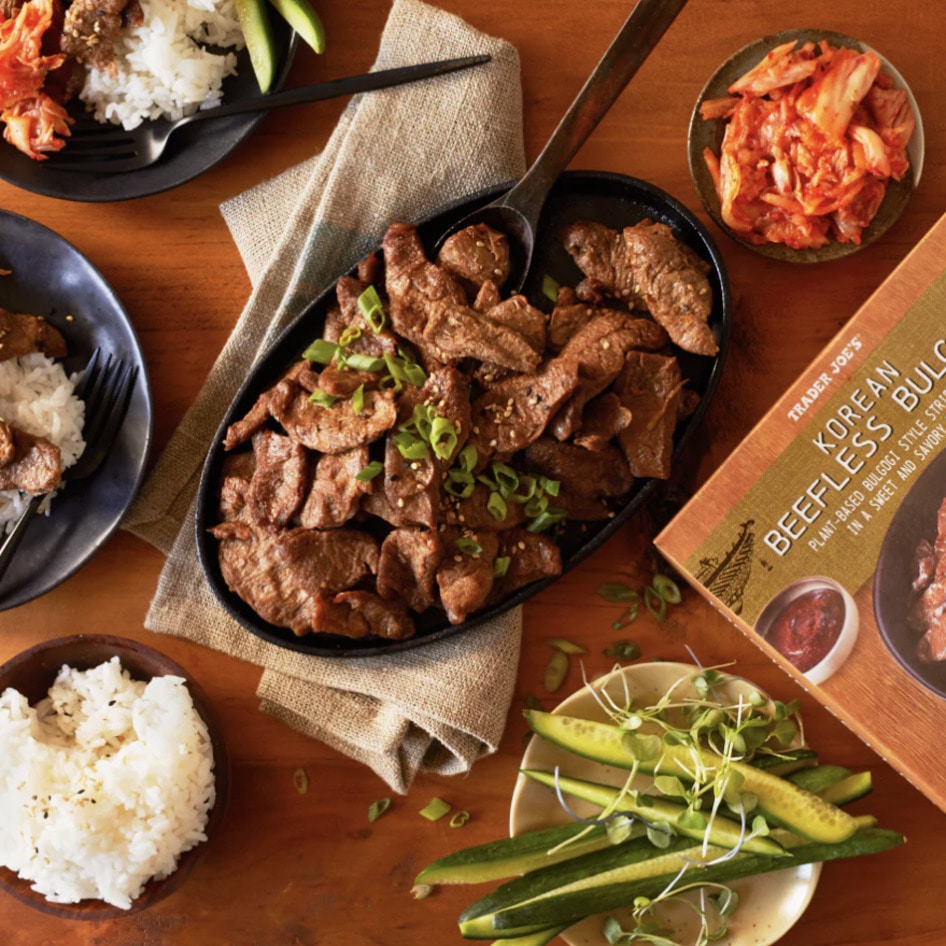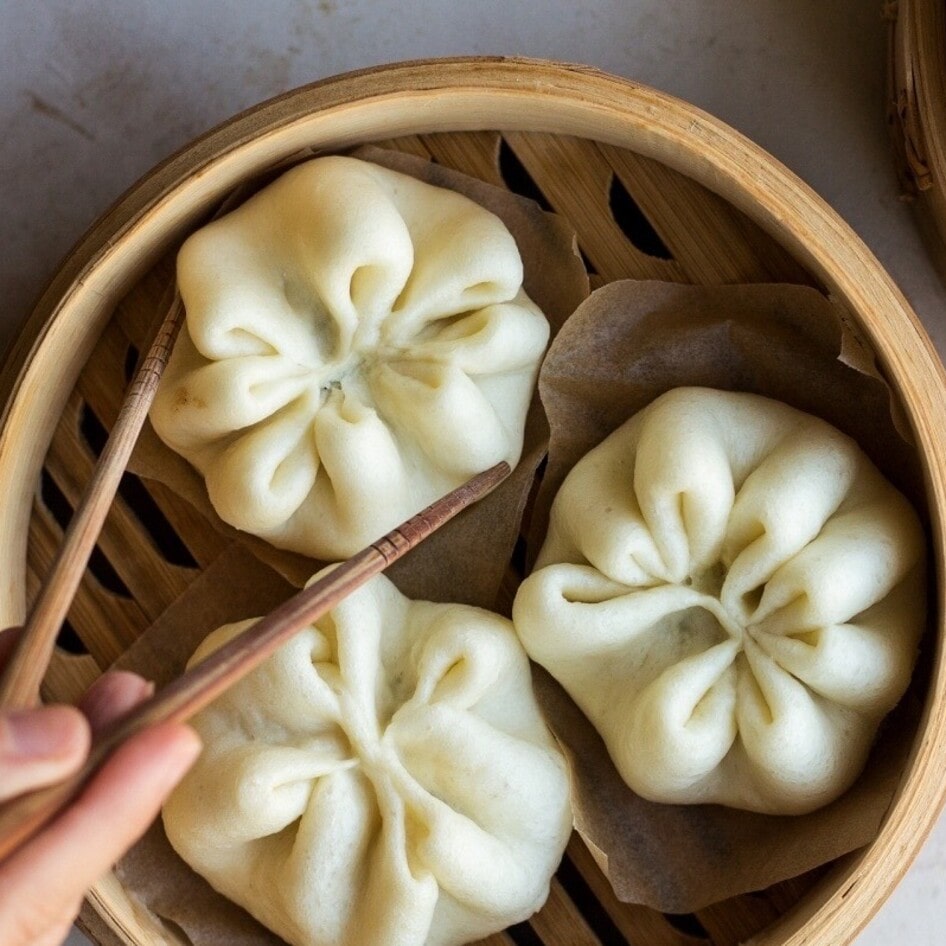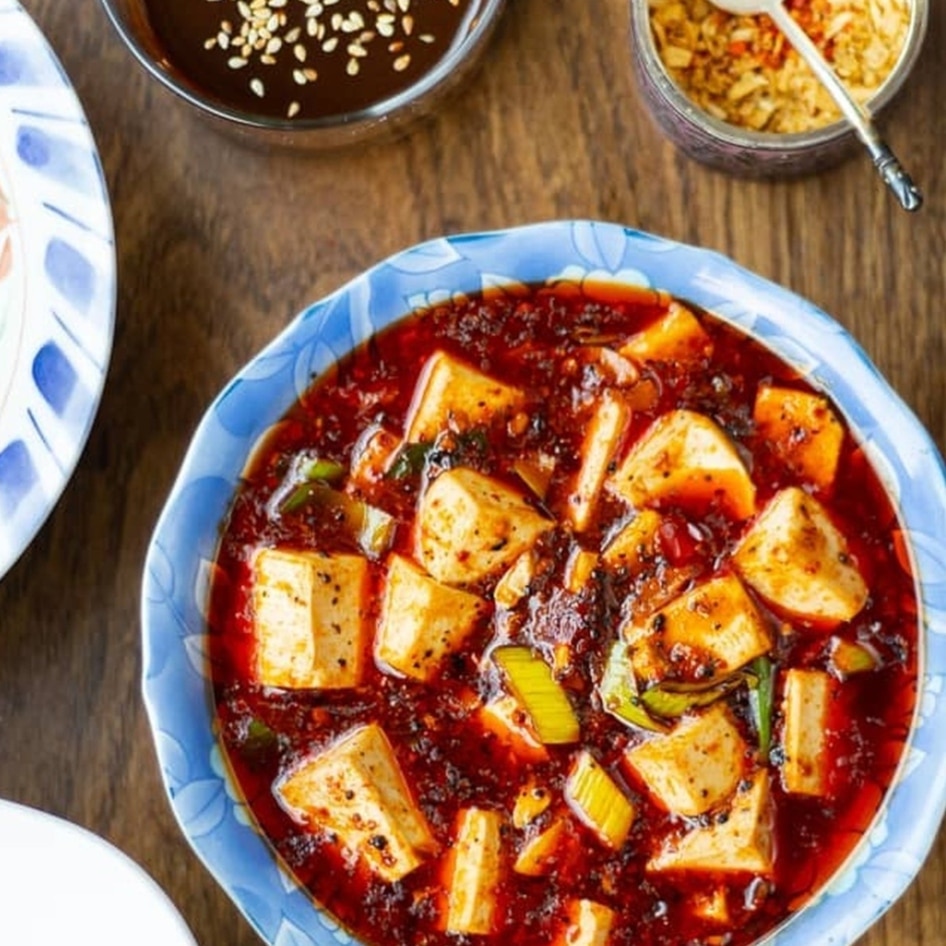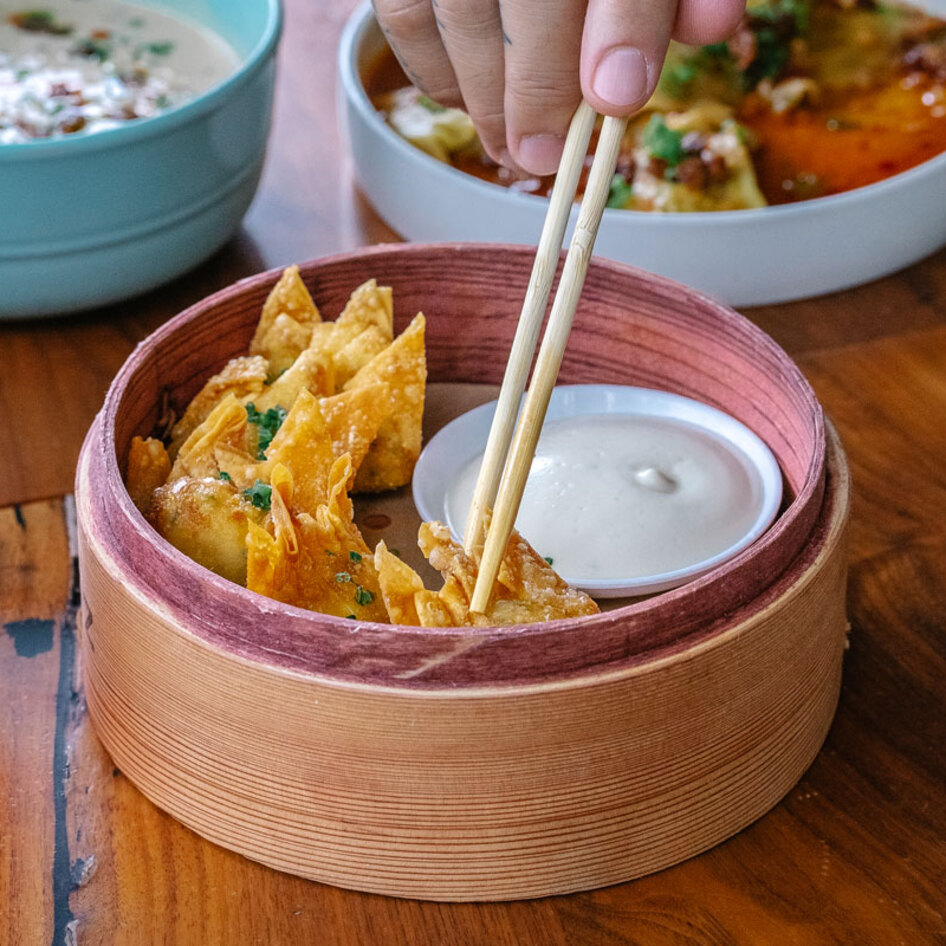Some 1,700 years ago, travelers along China’s Silk Road sought respite and relief in teahouses after a long, tiring day. These roadside stops simply offered yum cha (which literally translates to “drinking tea”) and a pleasant atmosphere conducive to conversation and relaxation. About the 10th century AD, during the Song Dynasty—after the myth foisted by imperial physician Hua To that drinking tea while eating would cause weight gain was laid to rest—these teahouses began serving small snacks, now known as “dim sum,” which, translated from Cantonese, means “a little bit of heart.”
From savory, ever-so-sticky morsels of soy-stuffed Siu Mai to the doughy, slightly sweet faux-meat-filled Cha Siu Bao rolls, dim sum has kept the Chinese sated for centuries. As was tradition back in the days of the Jin Dynasty, today, dim sum is always served with a pot of tea, as the warm, soothing liquid is believed to aid in the digestion of these Chinese treats.
In North America, dim sum is a social bonanza, though the veg offerings at many dim-sum restaurants leave much to be desired. The easy and delicious answer? DIY dim sum. You’ll have total control over the ingredients, and unlike many traditional meals, your ingredient list is relatively small, while preparation is simple and almost entirely hands-on. Dim sum also gives license to creativity. Inviting friends to a virtual cooking session, or enlisting the help of roommates and family, makes the cooking process just as much fun as the dining itself.
1. Cha Siu Bao
Bao is a soft, round, and slightly sweet white roll, stuffed with either sweet or savory ingredients. Steam Cha Siu Bao, filled with spicy seitan and cooling vegan sour cream, for a savory, doughy roll to start your feast.
2. Siu Mai
A traditional steamed, open-top dumpling, Siu Mai often contains a savory medley—whip up a batch of these and enjoy the flavorful combination of meatless chicken, shiitake mushrooms, and cabbage.
3. Congee
Taking a break from small bites, ladle a bowl of Congee, a warm, hearty rice soup, with a consistency similar to porridge. Its likeness to grits or oatmeal is a reminder that dim sum is mainly eaten for brunch in China.
4. Guotie
Of course, no dim sum feast would be complete without Guotie, Chinese pan-fried pot stickers. These lovely, crispy, half-moon shaped dumplings are great for eating alone or dipping in a sweet, sesame soy sauce.
5. Mango Custard
For a sweet finish, enjoy cooling mango custard, which is particularly refreshing after too much chili sauce.
Eating Etqiquette
While some dim sum table manners seem inherent—such as not using your chopsticks as skewers to stab dumplings—other do’s and don’ts are important to remember, too. If you’re dining out once it’s safe, and the cart service doesn’t have enough veg options for a satisfying meal, feel free to order off the menu. Sautéed greens usually come around on carts, but if you’re in a group, ordering one veg noodle dish for the table might be wise.
Tea is an integral part of the dim sum experience, and includes its own etiquette. Don’t pour your own tea before making sure that everyone else has been served. If someone else has served you tea, tap the table to show your appreciation. To indicate to the waiter that you’d like more, lift the teapot lid to one side, but don’t take it off and set it on the table. For the perfect at-home brew, bring 4 cups of water to a boil. Add green tea (4 bags), 2 vanilla beans (halved), 3 tablespoons agave nectar, and a small handful of mint leaves. Turn off the heat and steep in the pot for 5 minutes. Strain and enjoy!
JUMP TO ... Latest News | Recipes | Guides | Health | Subscribe
Photo credit: East Meets Kitchen
